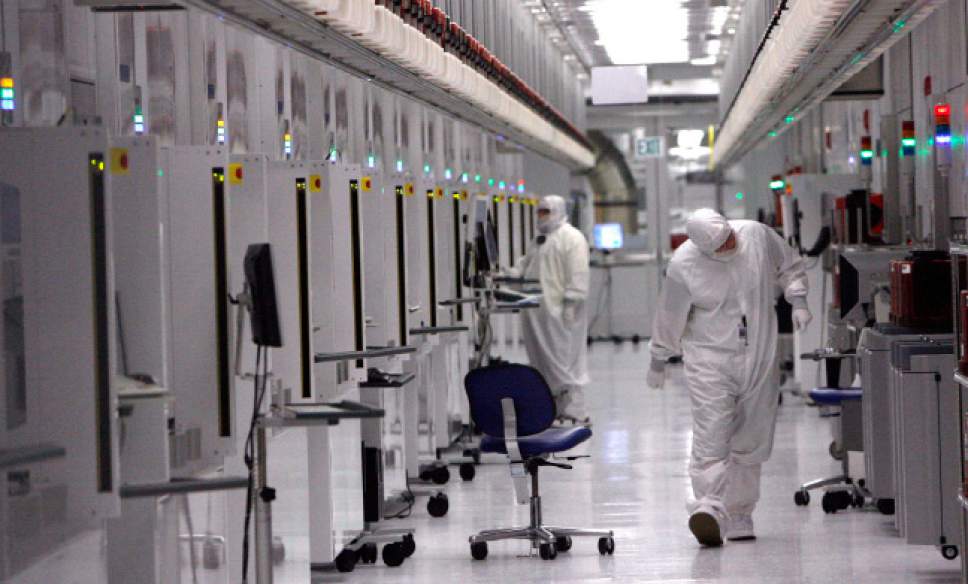This is an archived article that was published on sltrib.com in 2017, and information in the article may be outdated. It is provided only for personal research purposes and may not be reprinted.
Utah exports hit the $3 billion mark in the first quarter of 2017 — a milestone number, even though it represented just a 1.66 percent increase over the same period a year earlier.
A 100 percent increase in the value of products sent to Hong Kong made that capitalist island off the coast of communist China the state's leading trading partner, followed by the United Kingdom, Canada, China itself and Mexico.
"Utah is a trade surplus state," said World Trade Center Utah Executive Director Derek Miller after releasing the quarterly report, which he felt underscored the notion that "in Utah, international trade is big business. It brings a lot of money into our economy and supports 22 percent of all Utah jobs."
In 2016's first quarter, Hong Kong took in $396 million worth of Utah exports, largely metals such as copper from Rio Tinto Kennecott's Bingham Canyon Mine in the Oquirrh Mountains.
This January alone, however, exports to Hong Kong topped $500 million. For the quarter, Miller said, they added up to $802 million.
Exports to the United Kingdom and Canada were comparable to each other in value — $319.2 million and $318.6 million, respectively. So were the values of goods and services shipped to China ($189.8 million) and Mexico ($182.4 million).
While overall metals exports declined 1.8 percent to $1.2 billion, Miller said that dip was more than offset by an 18.6 percent increase in transportation equipment exports ($233.5 million) and a 16.5 percent bump in chemical shipments ($288.6 million).
Small declines occurred in the exports of computer and electronic products (down 4.4 percent to $466 million) and food products (down 5.4 percent to $212 million).
Within economic clusters promoted by the Trade Center and the Governor's Office of Economic Development, the information technology and software cluster again dominated the export front, amounting to $69.5 million.
"Most Utahns are surprised that software is such a large export category," Miller said, citing as an example the solid state memory products that IM Flash Technologies produces at its facility in Lehi.
His trade services director, Teren Taniuchi, added that several Utah companies also manufacture computer chips and microchips. The state's IT and software exports went primarily to Japan, Mexico, Belgium, Chile and Canada.
Taniuchi noted that for one of the first times, the United Arab Emirates emerged as a noteworthy trading partner, receiving an unspecified amount of energy and natural resource products.
Two other outlier countries that figured into the quarterly export report were Zimbabwe and Guatemala. They ranked third and fourth in the outdoor recreation export category, where total quarterly sales reached $10.65 million.
"Those [two countries] aren't large markets so it will be interesting to see what's going on there," said Taniuchi, speculating the exports were tied to manufacturing operations that several outdoor companies have in those countries.



